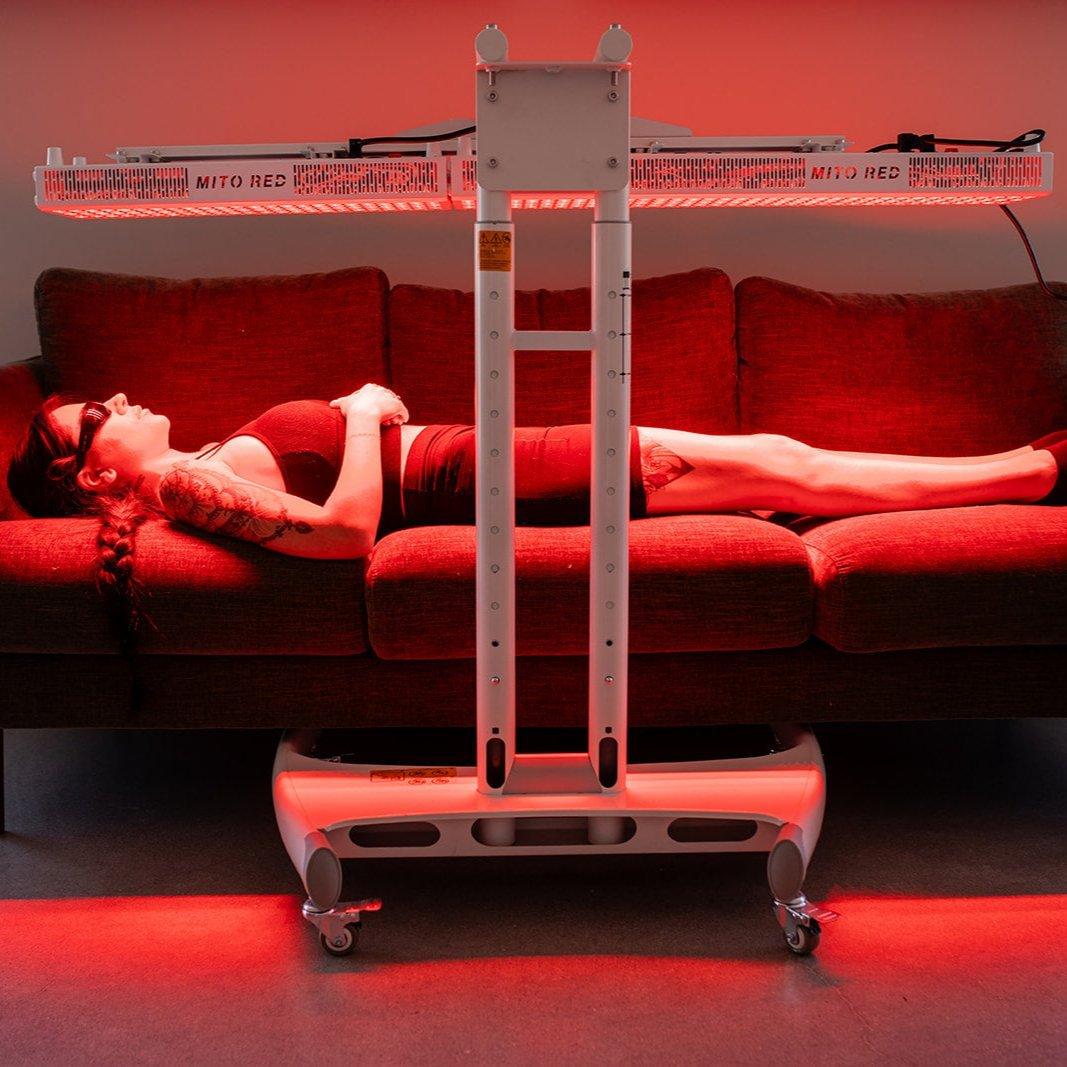Dry eye disease is a common condition in patients of all ages, causing discomfort and potential visual problems. Current treatments, including artificial tears and anti-inflammatory drugs, have certain limitations, encouraging research into alternative therapies. We investigated the therapeutic potential of multi-wavelength light-emitting diode (LED) irradiation of mice with dry eye. First, we showed that multi-wavelength LED irradiation was non-toxic to human corneal epithelial cells and improved cell viability. We then used a scopolamine-induced mouse model of dry eye to assess the effects of multi-wavelength LED irradiation on various clinical parameters. This treatment increased the tear volume and reduced corneal irregularity, thus improving dry eye. Histological analysis revealed that multi-wavelength LED irradiation protected against corneal epithelial damage and the associated reduction in epithelial thickness and would thus improve the corneal health of dry eye patients. Multi-wavelength LED irradiation significantly reduced the corneal levels of pro-inflammatory cytokines IL-6, IL-1β, and TNF-α; the treatment was thus anti-inflammatory.






























